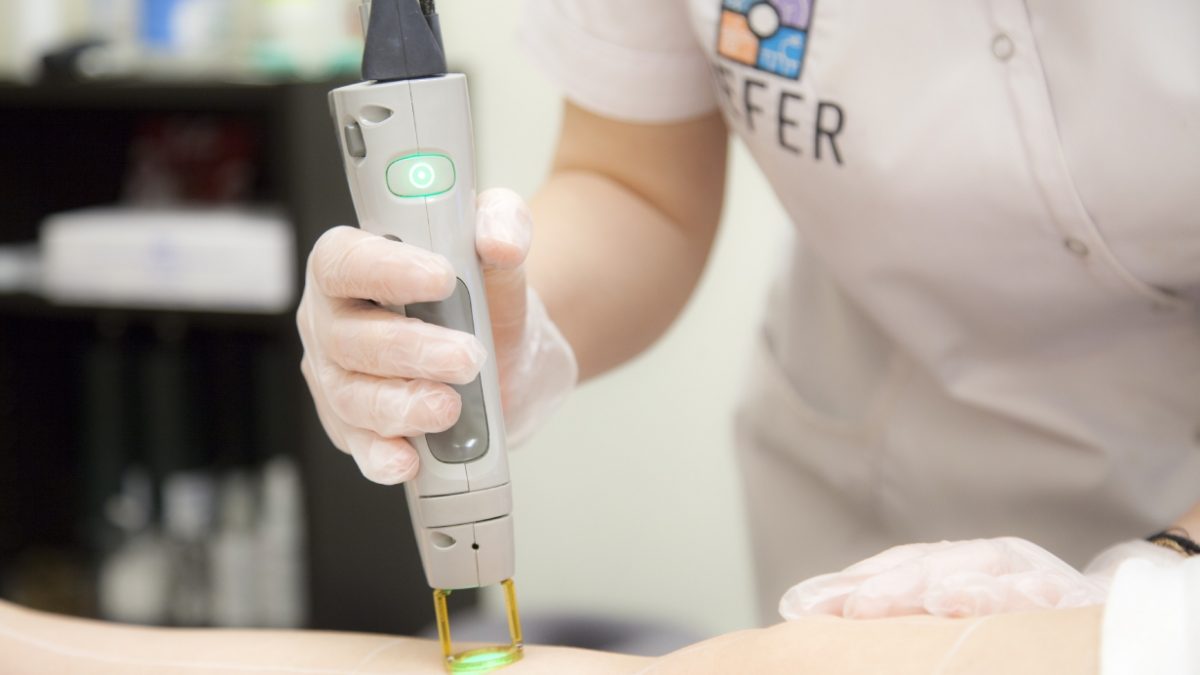Which is the best method for permanent hair removal?
Hair removal methods are divided into temporary & permanent. Permanent hair removal methods are the following:
- LASER Alexandrite
- Diode LASER
- Electrical hair removal with a needle
- Enzymatic/ Epilfree hair removal
From the above methods, we can not claim that a particular one is the best, because each one has benefits in some cases and disadvantages in others.
Because hair, even in the same area, is different, other short and other long. Therefore, what is important is that the beautician chooses the right method for permanent hair removal.
The beautician is able to help you choose the appropriate permanent hair removal method and they decide according to:
– Skin colour
– Hair colour
-Surface (large or small)
-Density of hair growth
Is one session sufficient when we apply permanent hair removal methods?
To achieve permanent removal of the unwanted hair, hair must be at the anagen stage, because only at this stage it is possible to stop hair growth (at this stage, hair is found to be “deep” into the skin, it is “tied” to the hair follicle bulb of the hair root and thus its regenerative cells are destroyed).
However, because hair is in all three stages of growth on each different area, a repetition is required. In practice, we are more likely to have most hair at the anagen stage, i.e. when they first appear. For this reason, one should not let their hair get long, until their repeat session.
A few words about hair growth in the human body
Hair consists of 2 parts:
– The hair shaft, which is located outside the skin and is the visible part .
– The hair root located inside the skin.
Hair growth is periodic. Each area has a different growth cycle.
Hair growth stages
Anagen stage – Phase duration: Scalp: 2-7 years, Face: 4 months
Creation and growth of hair (the root and its stem are created). At this stage, the vessels surrounding the hair follicle in order to “feed” it are in full activity. The longer the hair remains at this stage, the longer it is lengthened (its stem).
Since hair grows that much on our head, you can imagine how the anagen phase lasts longer compared to hair on our body or face where it is shorter and the anagen phase lasts from a few weeks up to 3 months.
At this stage, hair has the highest percentage of melanin, which is important to LASER or IPL hair removal.
– Catagen stage – Phase duration 2-3 weeks
Transitional stage, when hair is preparing to fall. Hair begins to move to the surface of the skin and its replacement process begins.
– Telogen stage – Phase duration 1-4 months
Final phase of hair’s life and fall. Hair moves ever closer to the surface. At this stage, the creation of future hair begins (a new bulb that joins the old follicle) and the new hair pushes the older hair until it falls.
In every part of our body, we have hair at all of the above stages of growth and this is because each follicle is independent. The growth cycle simply varies depending on the area.
Hair growth is normally distributed on men’s and women’s body as follows:
– Men & women
Scalp, eyebrows, eyelashes, lint on the body, armpits, pubis, hands, feet.
-Men
Hair on face, back, hips, chest, abdomen.
If a woman has hair growth on areas that should normally be hairless such as face, neck, hips, lumbar region, back, abdomen, chest, breast nipple, then we talk about hirsutism. These areas on our body are hormone-dependent, i.e. they act on androgens (male hormones) which are responsible for hair growth.
The factors that cause hirsutism are the following:
– Pharmaceutical (corticosteroids, androgens, progesterones, some antidepressants)
– Racial
– Congenital (e.g. increased number of androgen receptors in the area, although all values of endocrinological examinations are normal)
– Endocrinological (e.g. polycystic ovary syndrome, some adrenal, pituitary disorders)
Are there areas on our body on which if we apply temporary hair removal methods, such as wax, tweezers or thread, hair will grow?
If we use wax, tweezers or thread on a hormone-dependent area of a woman’s body, whether there is a hormonal disorder or not, the only certainty is that hair will grow. Because these areas have androgen receptors and when hair is removed by pulling it, blood circulation is increased. There are androgens in the blood that “are bound” by the androgen receptors. As a result, whenever these methods are applied, hair not only gets thicker and darker, but the adjacent hair follicles are activated.
In a nutshell, the only areas on which one can intervene without having hair growth are the legs, armpits, bikini and eyebrow.
Also, if a woman has hair on the androgen-dependent areas, we recommend doing some tests with an endocrinologist. If there is an endocrine disorder, it is regulated by the endocrinologist and we also apply:
– On areas with telogen – dark hair, we apply Alexandrite LASER or Diode LASER or electrical hair removal with a needle.
– If hair is bloom or blonde, we apply enzyme or electrical hair removal.
How permanent is a hair removal method after all?
When talking about permanent hair removal on non androgen-dependent areas, it is indeed permanent and hair does not grow again.
However, for androgen-dependent areas, we can not exclude the possibility of some hair regrowth. Surely hair growth will be noticeably reduced in density, in revitalization, but these areas sometimes need repetitive sessions from time to time.
This is because, in the course of her life, a woman may pass from various hormonal changes (e.g. puberty, pregnancy, menopause, but also factors such as smoking and stress favour the predominance of androgen).






